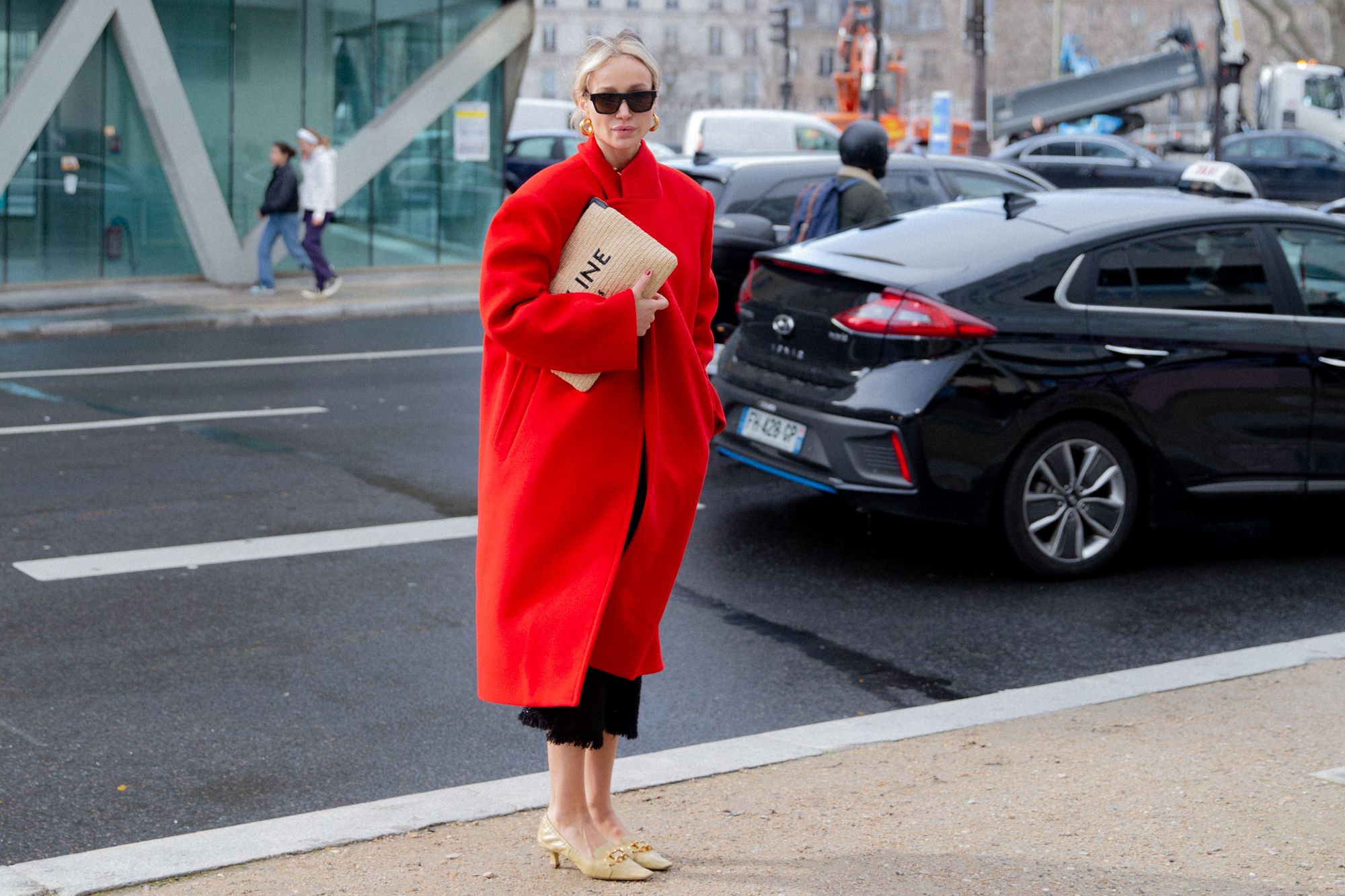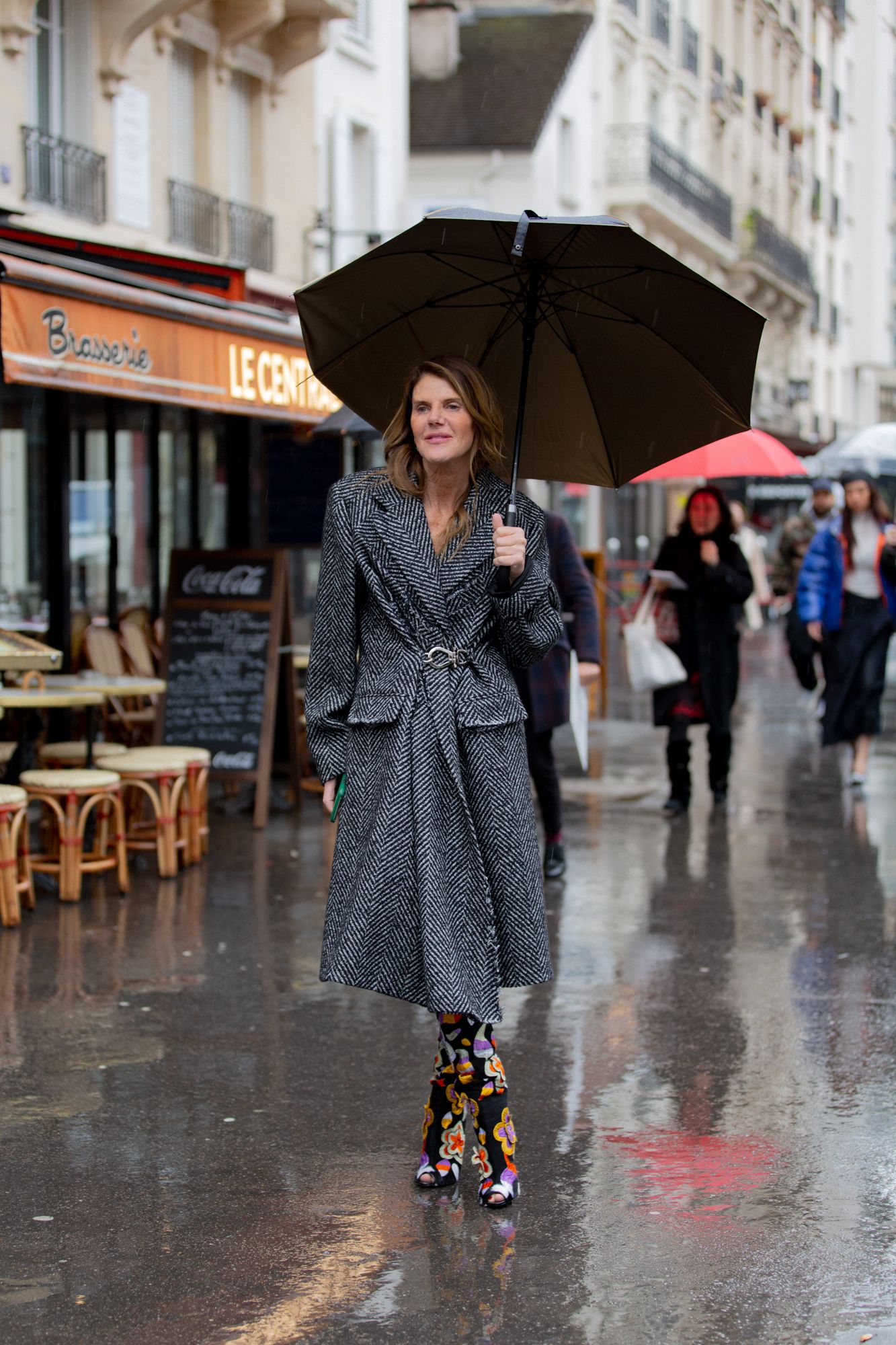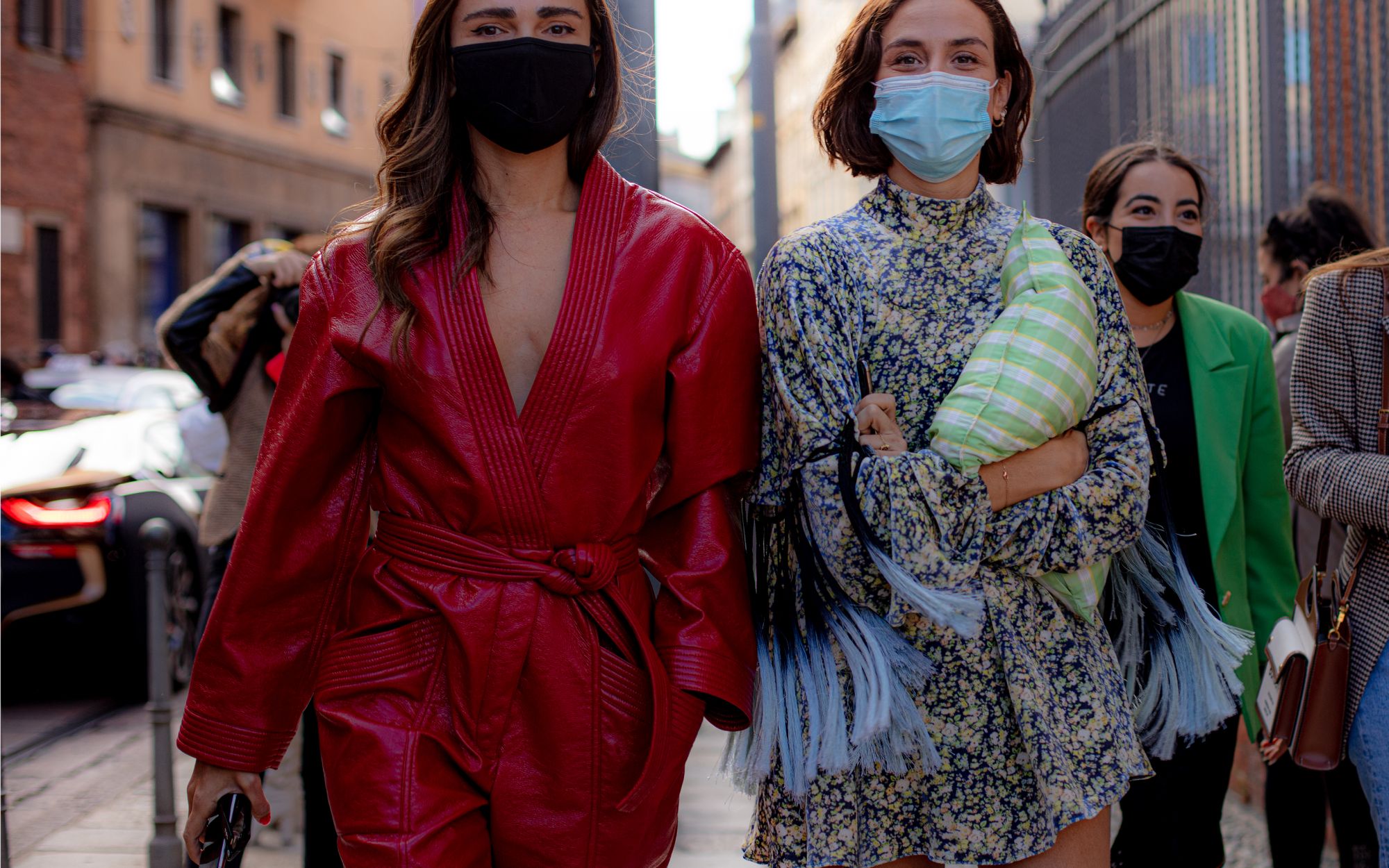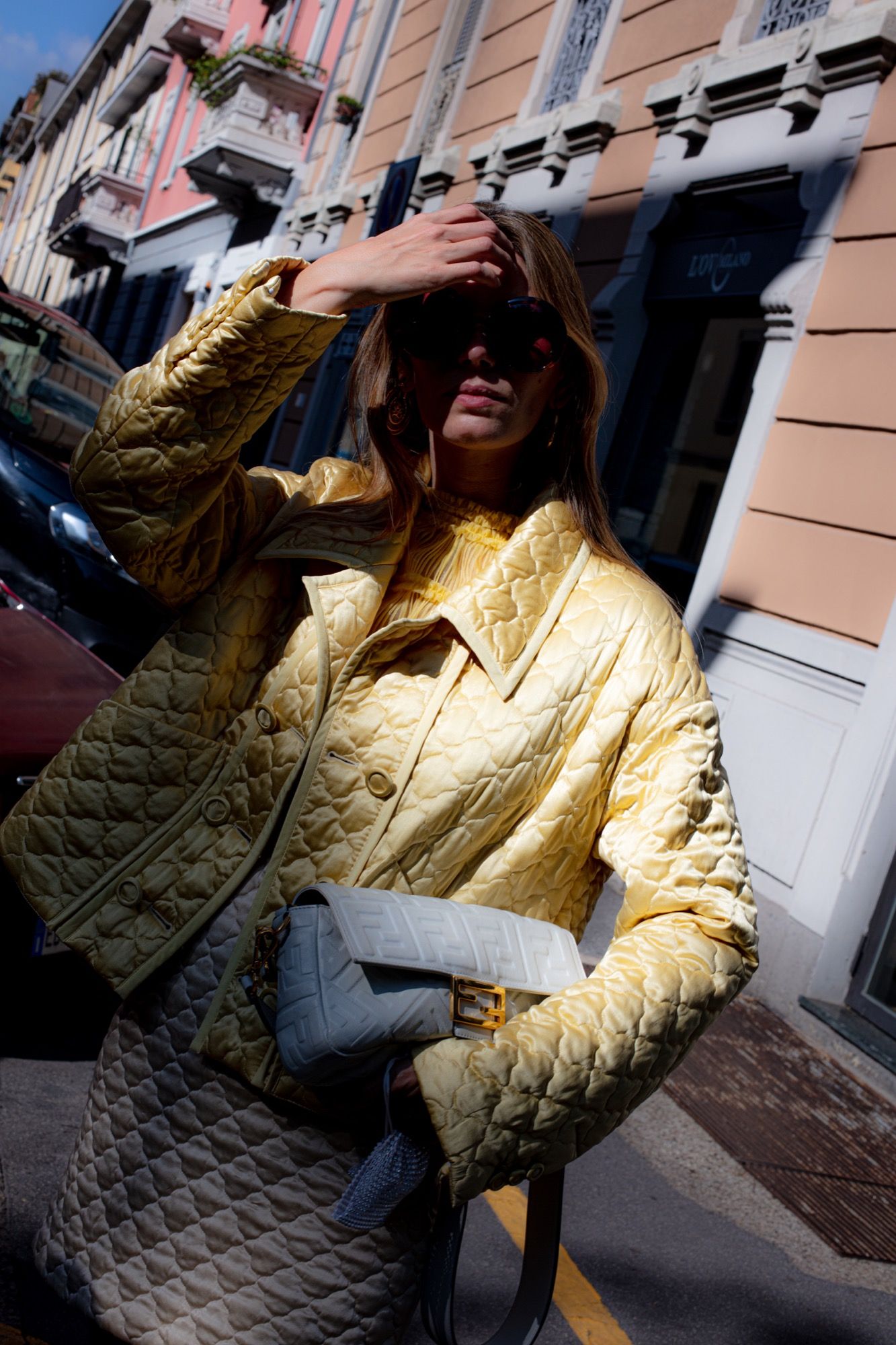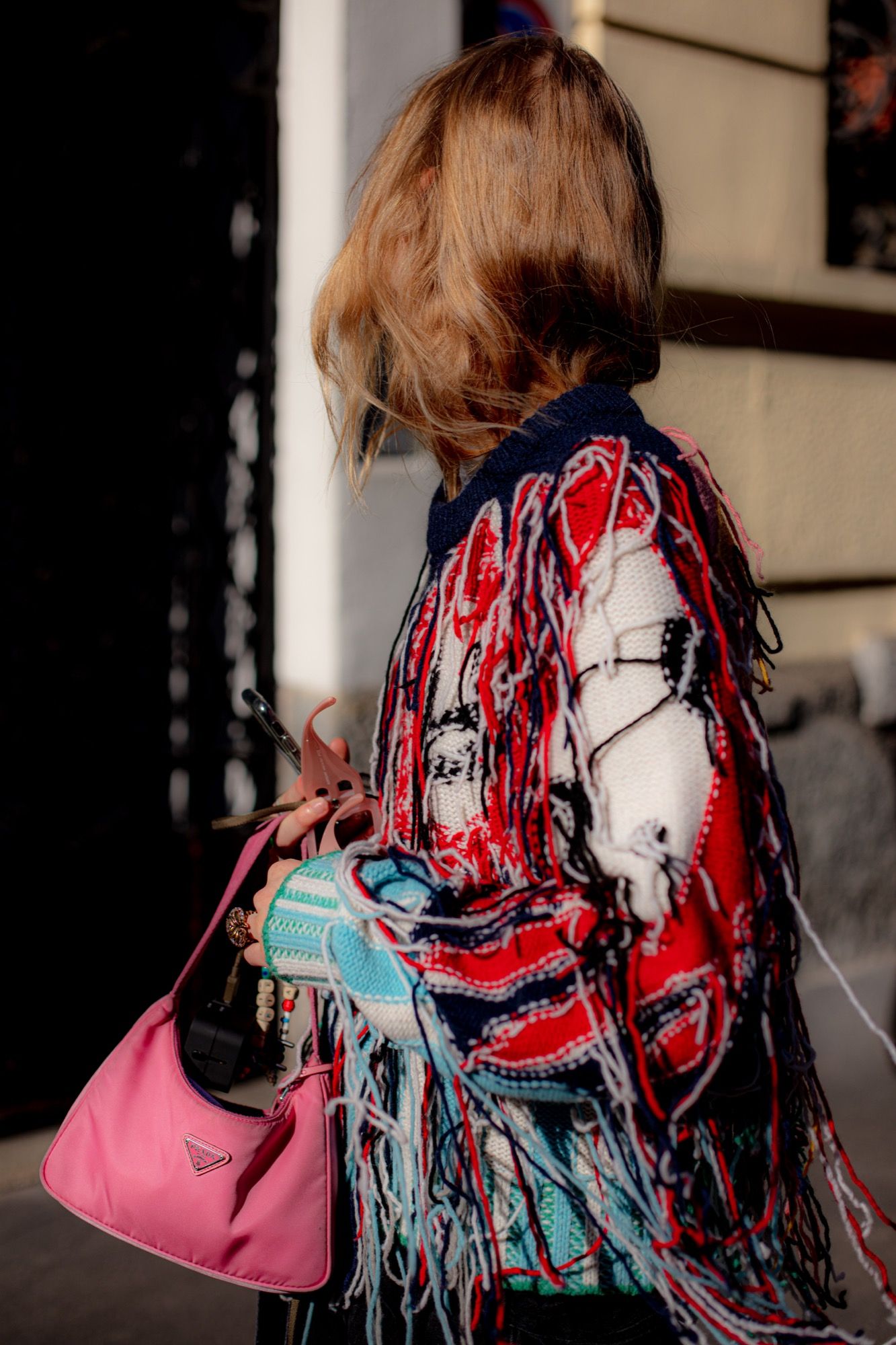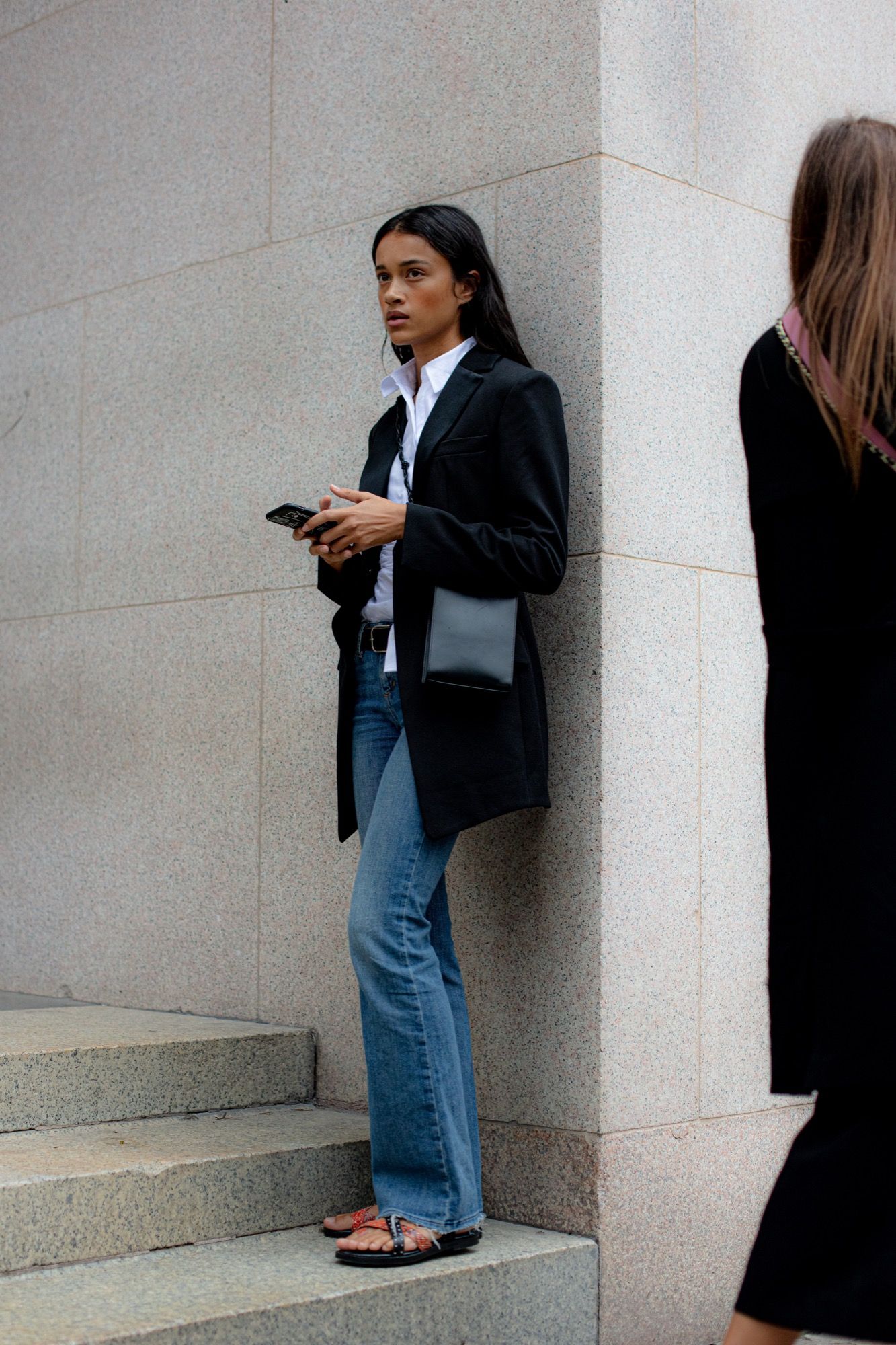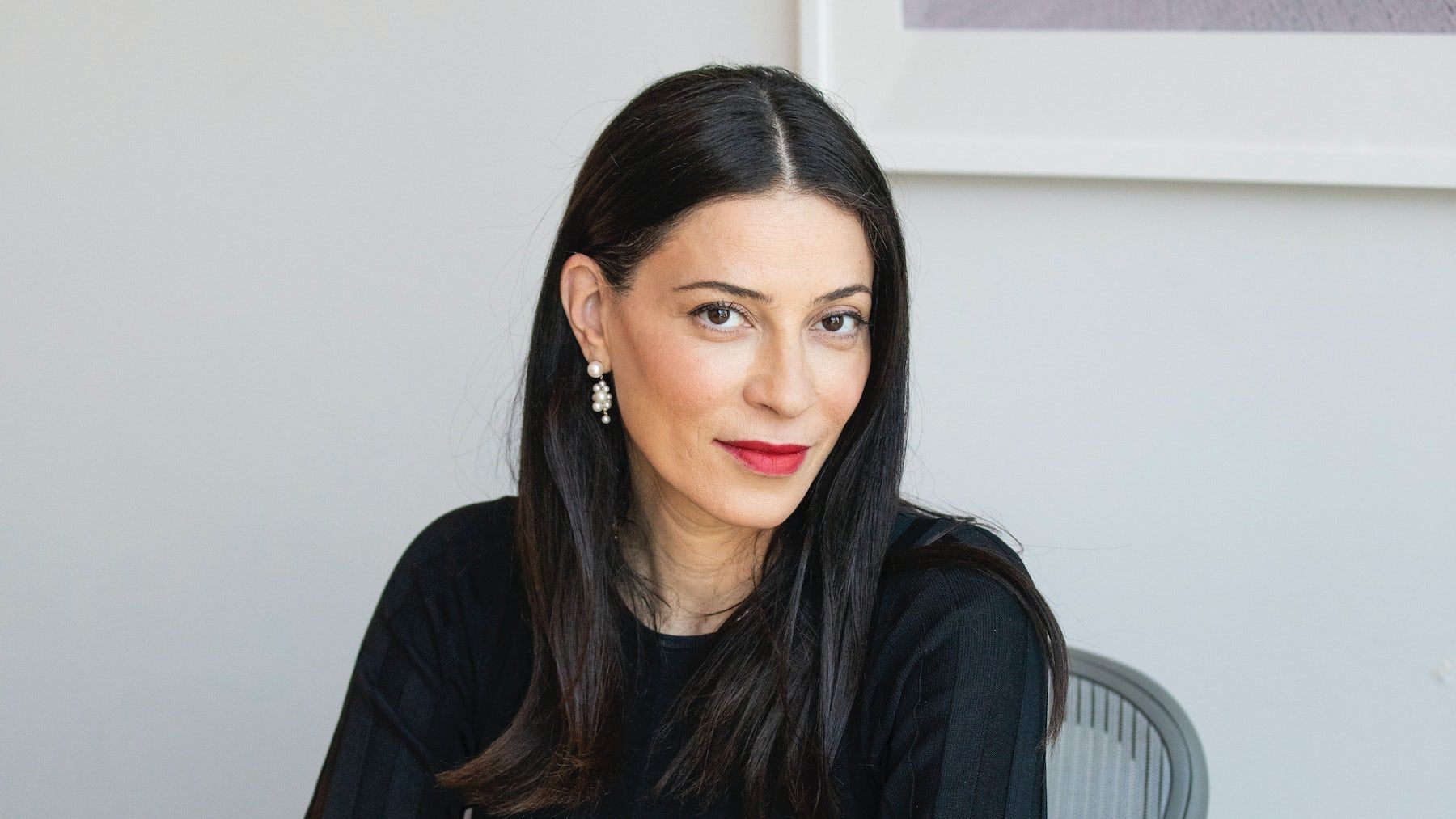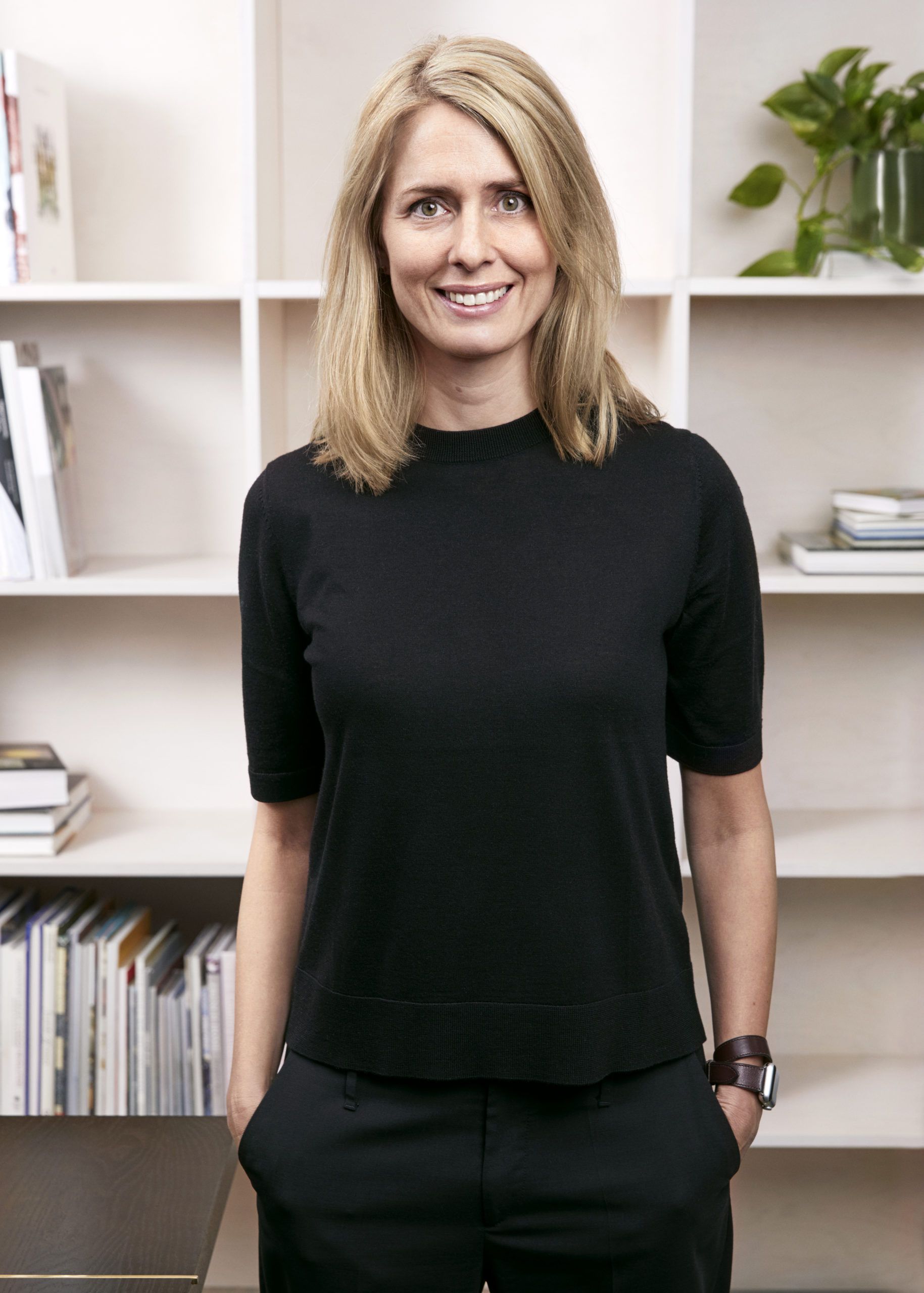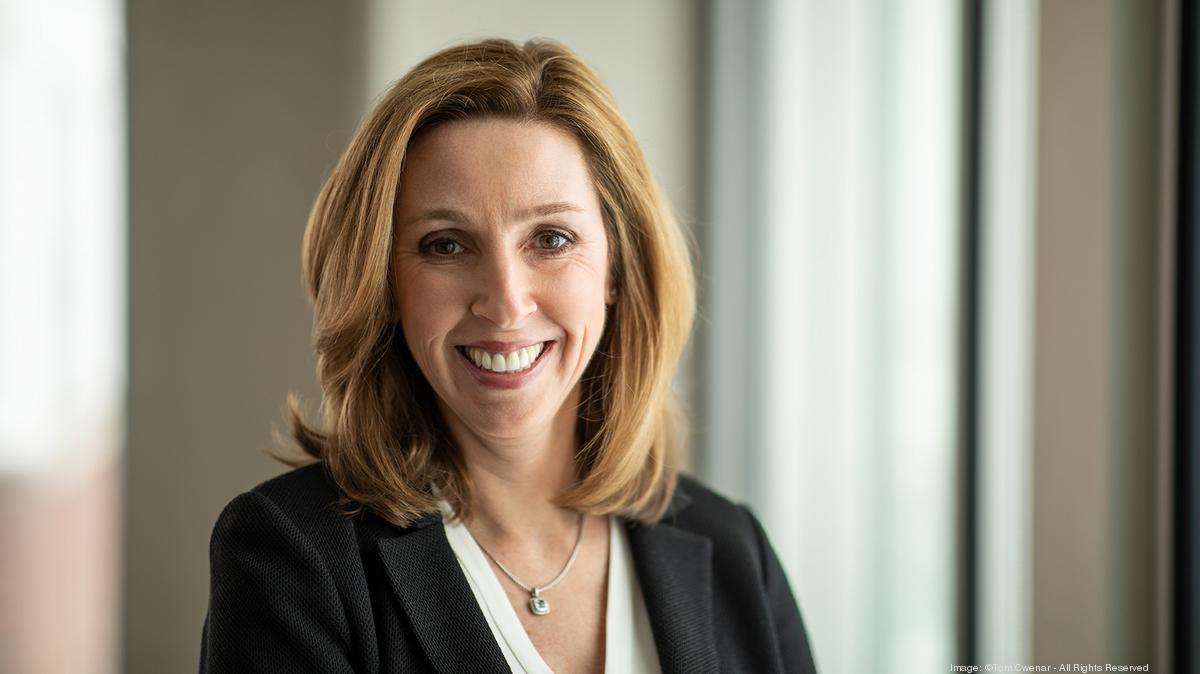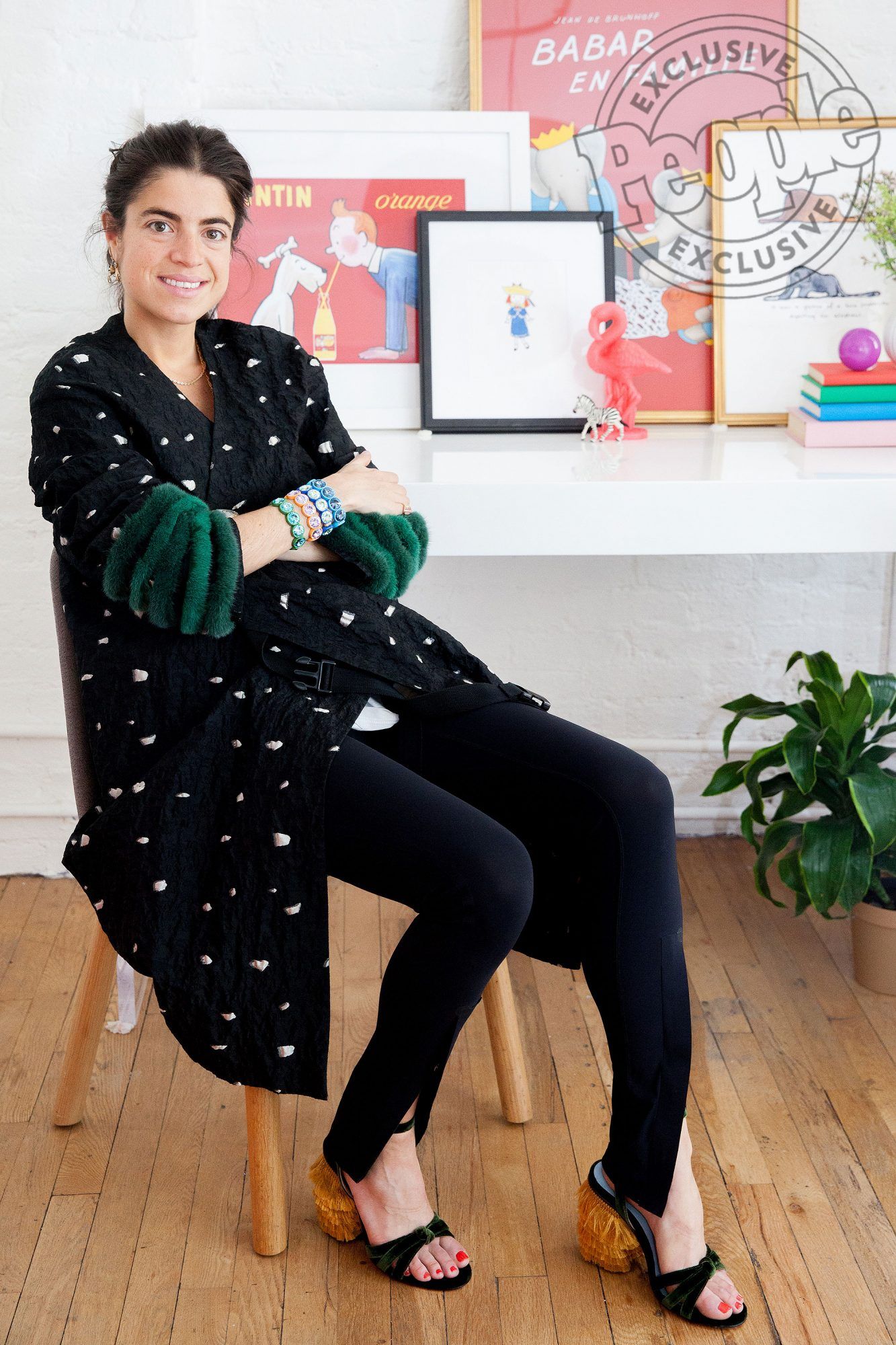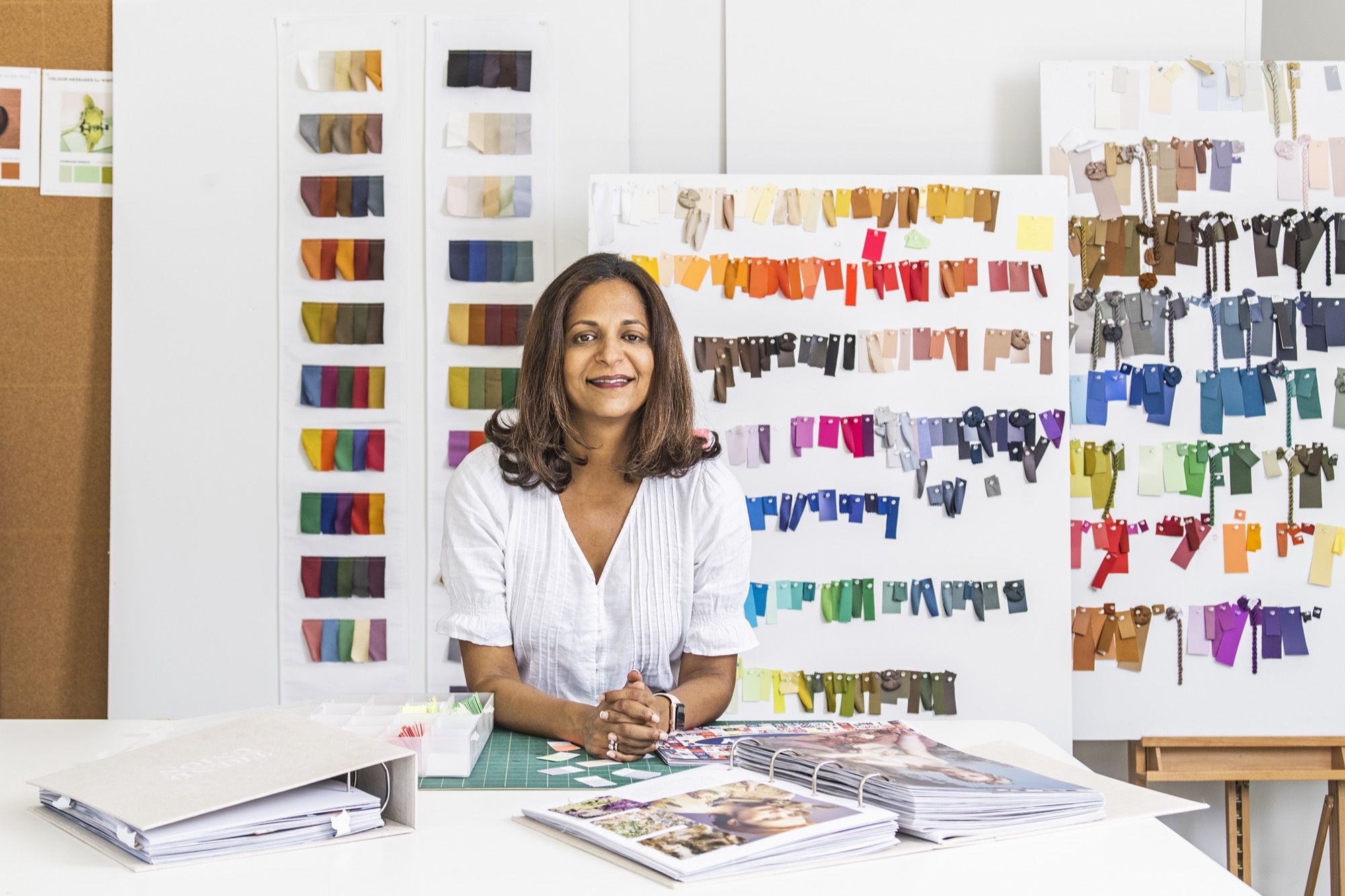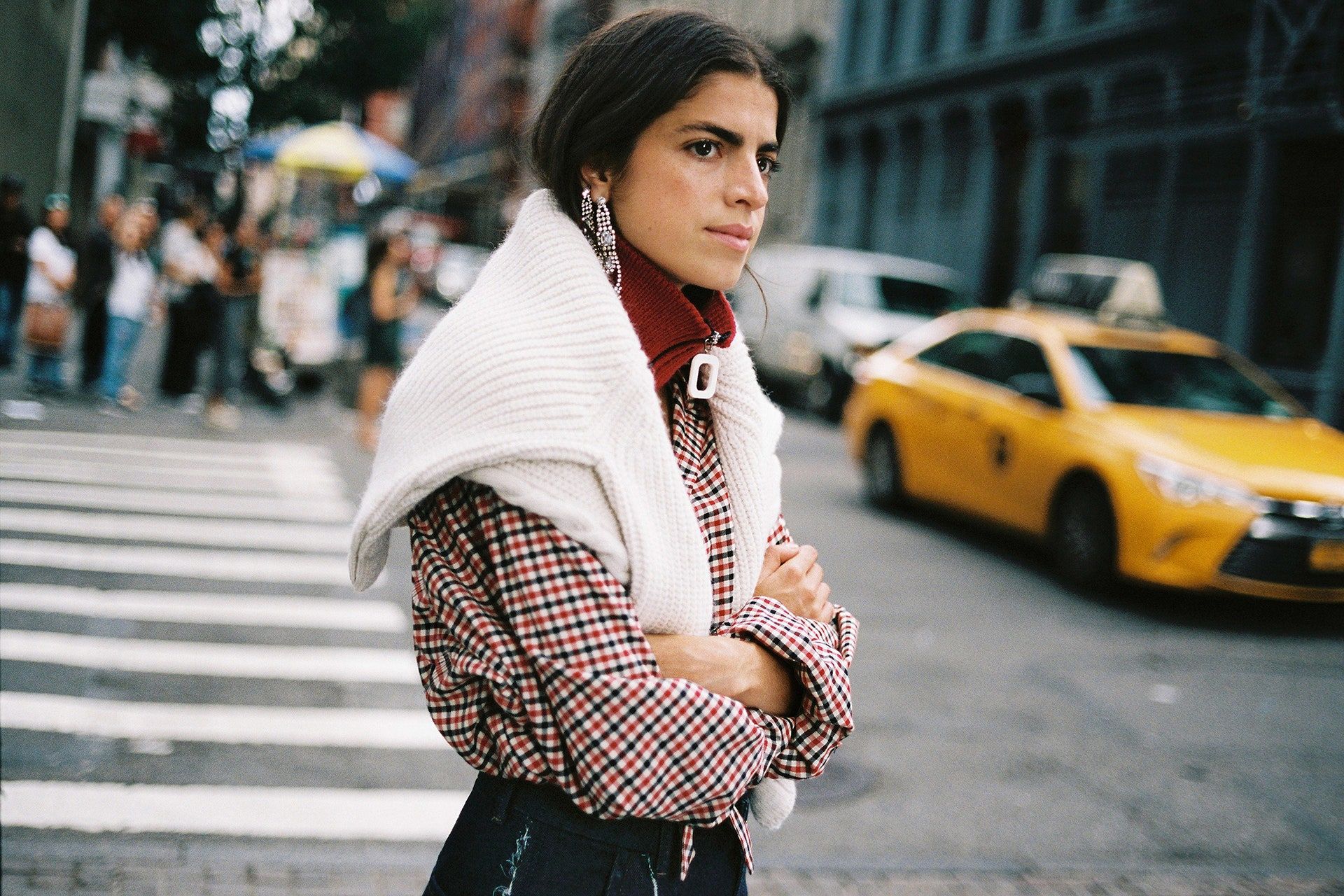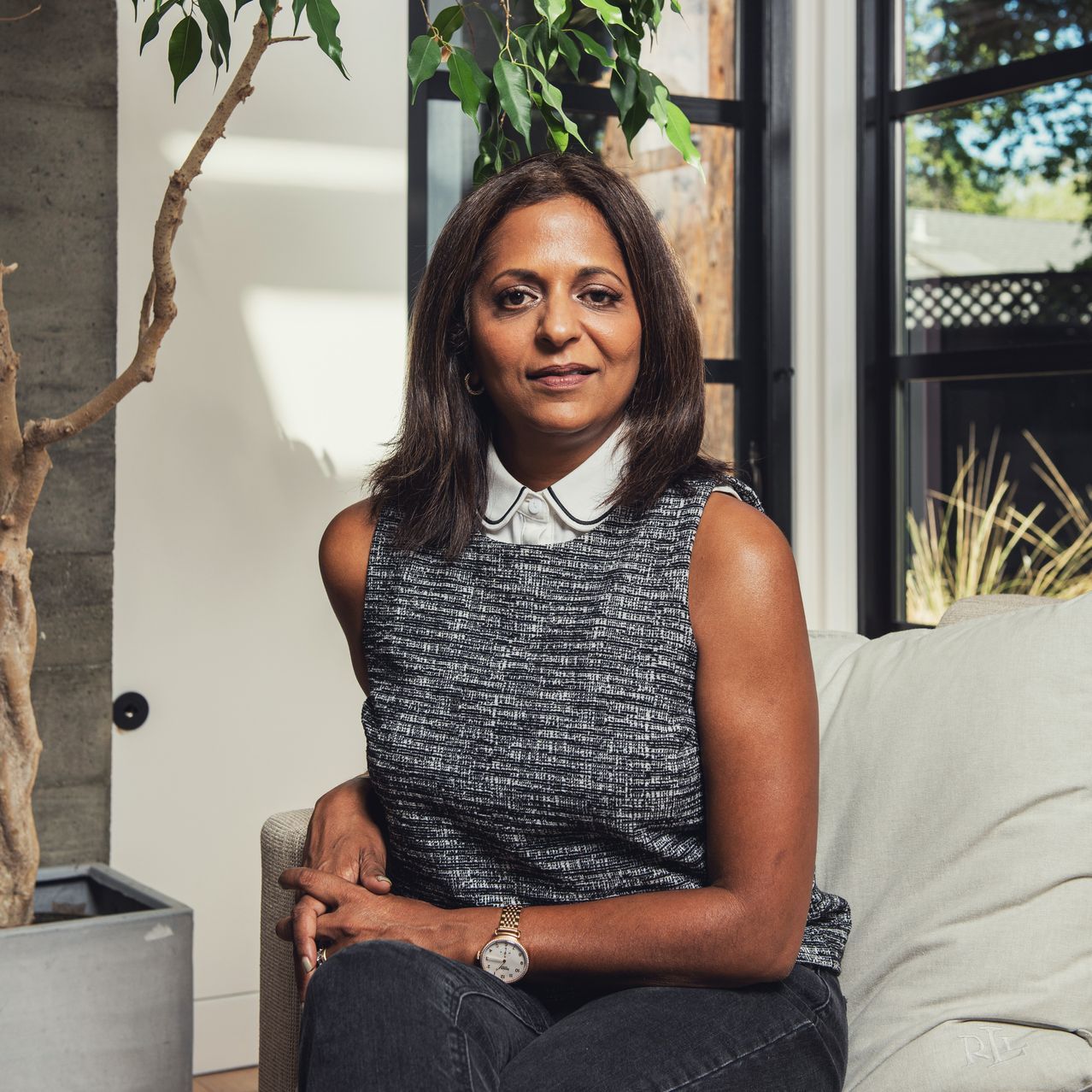
Female CEOs in the fashion industry have increased by 95% in 2020 Almost 100 new female CEOs have been appointed over the last year
The debate on diversity, gender equality, gender pay gap and the representation of different voices and ethnic groups has become one of the most heated and discussed in the fashion industry. While models with non-standard body shapes, or belonging to minorities, find more and more space on the catwalks and in the advertising campaigns of the Maisons, the reflection on female representation has also permeated the top of the industry, specifically the number of women who sit in boards of directors or who, even better, that lead them.
In 2020, the female presence among CEOs grew by almost 100%. According to a report by Madrid-based data research firm Nextail, more than 100 women were chosen to fill the role of CEO in the apparel industry in 2020. The report highlights how, in a broader and longer-term plan towards greater digitization and sustainability, the choice of a female leader appears as a strategic move and seems to be particularly appreciated by companies in Europe and the United States. Within the report, Nextail highlights important milestones and historical appointments, such as that of Helena Helmersson, the first CEO of H&M not belonging to the family that owns the brand, or that of Sonia Syngal as president and CEO of Gap, Inc., last March. Lauren Hobert has become the first female CEO of sporting goods retailer Dick's Sporting Goods. It was the ready-to-wear brands in particular that introduced the largest number of women at their top, 24.5% of the total, followed by the footwear, fast fashion, jewellery and accessories sectors. Also when it comes to department stores and e-commerce sites, such as MatchesFashion, there was no lack of new roles assigned to female professionals, 7.8% of the total.
In a tumultuous year for the world and for the fashion industry, both due to the pandemic and for the new social and political issues that have gained more and more influence and relevance, there have been over 100 changes at the top of the brands in the sector. In many cases, the new leaders called to lead the brand have replaced the same founders or heirs of the family that owns the brand, in some cases after decades of leadership, or other times, CEO roles have been created where they didn't exist. This happened at Kylie Beauty, the cosmetics company founded by Kylie Jenner, or at J. Crew, who have seen a succession of different personalities at their top. For 100 new CEOs, there have been several forced to resign, in most cases for personal scandals, or for behaviour no longer in line with the spirit of the times. Last June, for example, at a time where demonstrations of the Black Lives Matter movement happened on a daily basis, Reformation was accused by a former employee of creating an environment that favoured the career advancement of white people. The accusations led to the resignation of the founder and CEO Yael Aflalo, replaced by another woman, who has long been within the brand, a fate similar to that of Man Repeller's Leandra Medine.
Among the reasons for the growth - equal to 95.1% - of female representation among fashion CEOs compared to their predecessors, Nextail speaks of greater attention to diversity and inclusion, as well as the search for effective equality between genders, good intentions that align with data: 80% of the students of the leading fashion schools in the world and 75% of the people employed in clothing stores are women. Since its foundation, the sector is made up of female figures, who only now have the opportunity to begin the climb to the top. In fact, the report foresees a constant growth in the numbers of female leadership, an evolution that will naturally lead to greater representation, more voices that can serve as mentors and a truly more inclusive environment. It's not much, but it's a first step in the right direction.











































